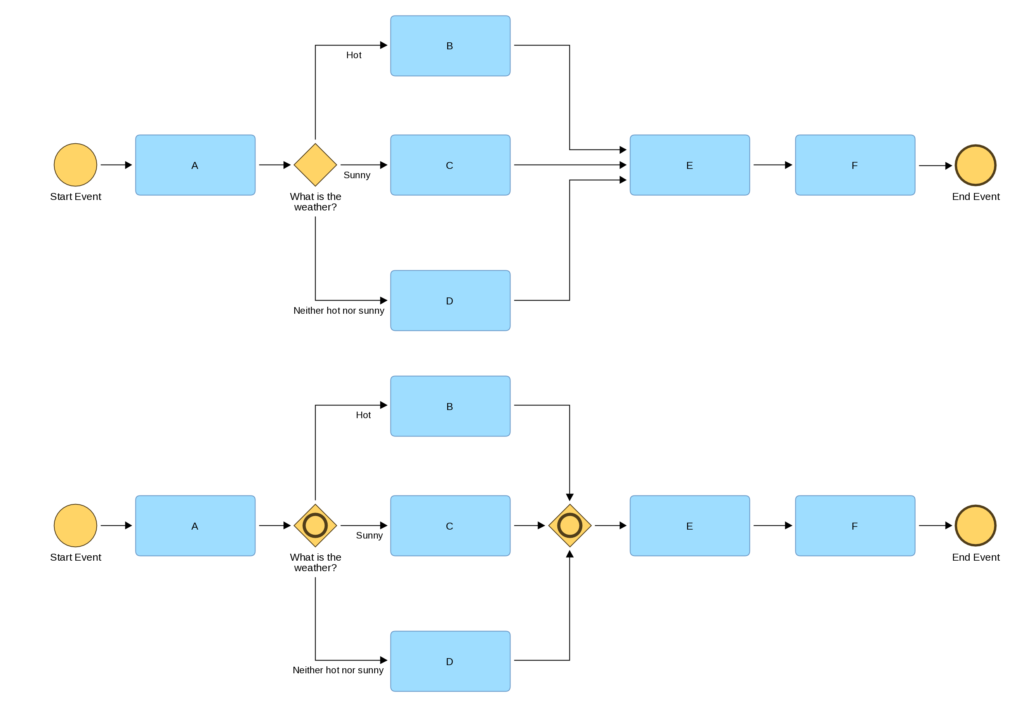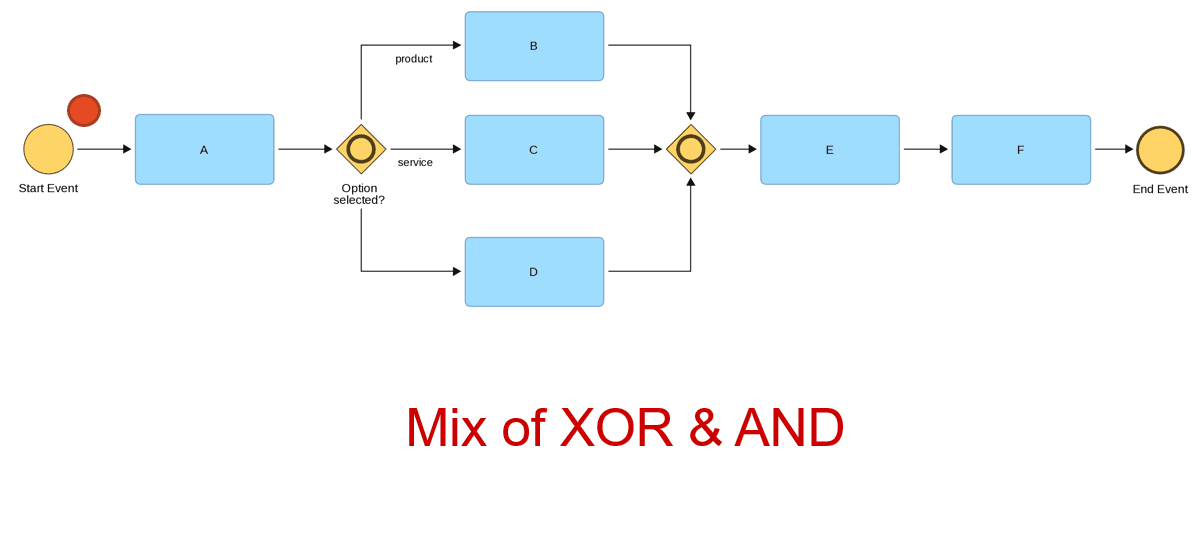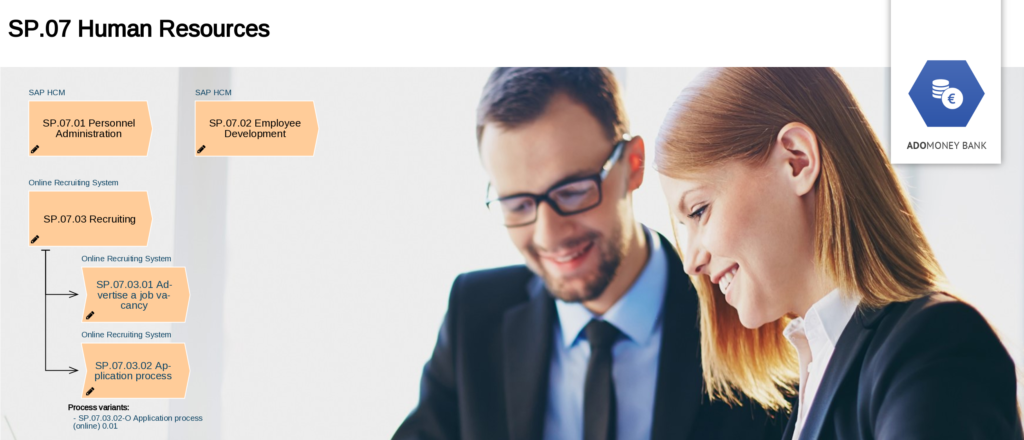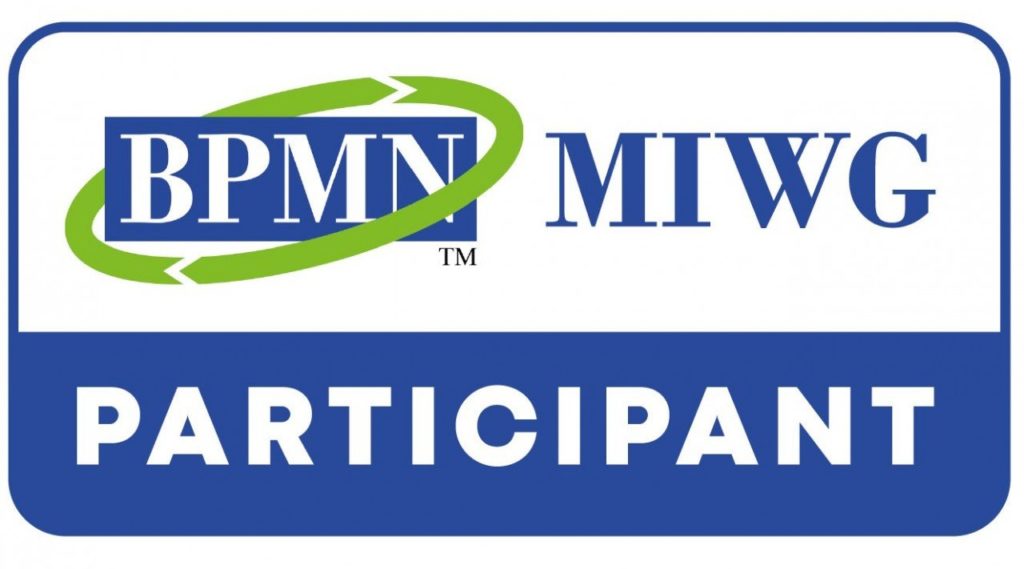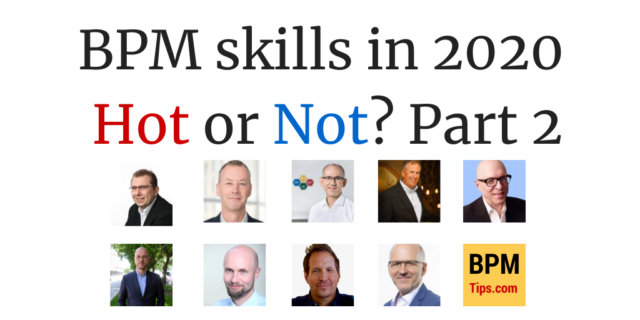Cool things you can do with BPMN diagrams (part 1)
One of my favorite parts of process modeling trainings is discussing with participants how do they plan to use those skills. It is a matter of process maturity in an organization (since some of the scenarios require some BPM know-how), specific goals and planned initiatives of the organizations (if you have a budget for process improvement probably you should try to make this project a success instead of adding several other elements to the scope), but also being aware of what is possible.
The goal of this post series is to give you some ideas of how process models (especially BPMN Business Process Diagrams) can be used.
Keep reading →
